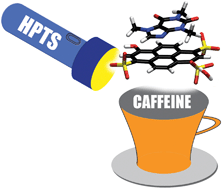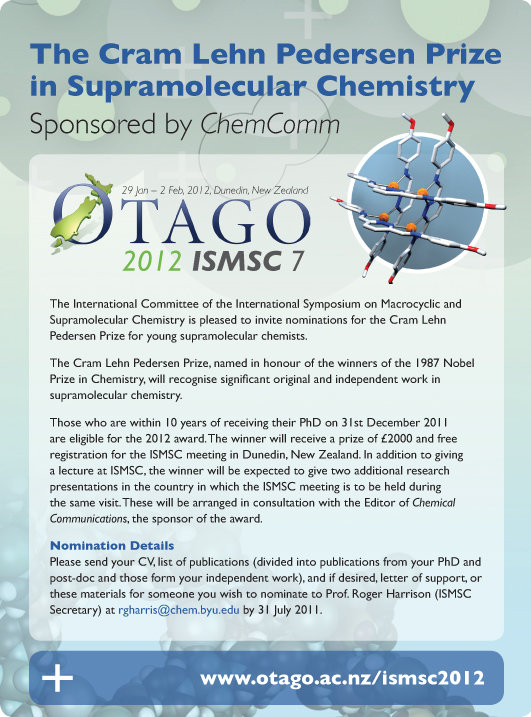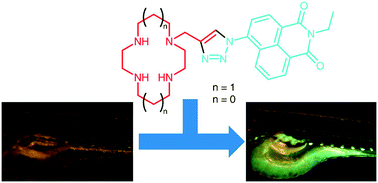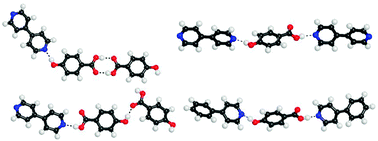Polyoxometalates (POMs) are a diverse class of inorganic materials that are of great interest due to their exciting range of redox, conducting, magnetic and catalytic properties. Recent collaborative work from Professor Garry Hanan in Montreal and Professor Bernold Hasenknopf in Paris reports the inclusion of a Lindqvist-type hexavanadate POM as a component of a self-assembling supramolecular framework.
They designed ligand 1 utilising a triol motif to complex the POM in combination with pyridyl groups to serve as binding sites for a transition metal. The reaction of 1 with a suitable decavanadate yielded complex 2, a hexavanadate POM complex that is itself a structurally rigid and spatially well-defined bi-pyridyl ligand. The 60° angle between the coordination vectors of the pyridyl groups led the authors to predict that the coordination of a trans-PdCl2 unit by 2 would result in a supramolecular triangle.
Initially the reaction of 2 with [PdCl2(CH3CN)2] in DMAc yielded a complex mixture of products; however, heating to 80 °C for 48 hours led to just a single assembly. This was shown by a number of analytical techniques to be the predicted triangular assembly 3.
This work elegantly uses a classical motif for self-assembly to create a multi-component supramolecular architecture. It is a great step towards the goal of creating functional supramolecular arrays, integrating the desirable properties of POMs into a new framework and bridging the gap between solid state oxides and coordination chemistry.
To read more about Hanan and Hasenknopf’s work, download their ChemComm article.
Posted on behalf of Cally Haynes, ChemComm web writer.














 Zinc anions are ubiquitously present in the body and involved in many metabolic pathways affecting the proper functioning of the immune system, DNA transcription, reproduction, sexual development, brain function, and more roles are uncovered by studies worldwide.
Zinc anions are ubiquitously present in the body and involved in many metabolic pathways affecting the proper functioning of the immune system, DNA transcription, reproduction, sexual development, brain function, and more roles are uncovered by studies worldwide. ChemComm issue 21
ChemComm issue 21


